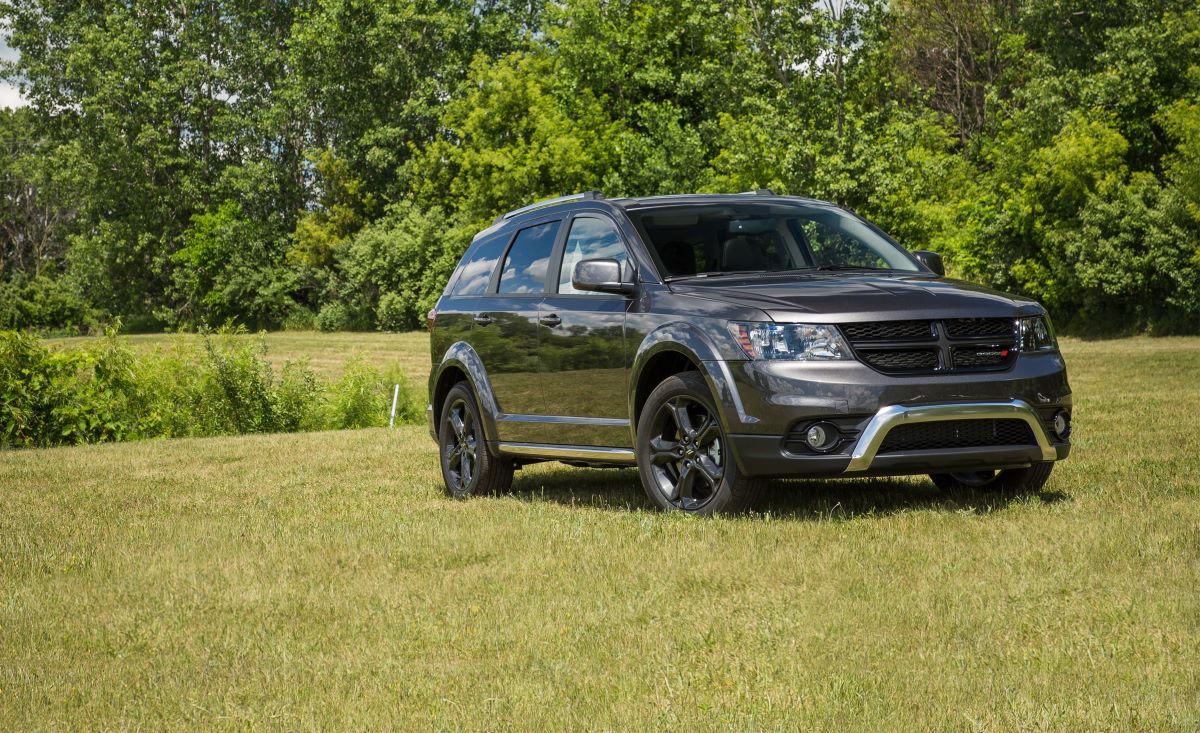In today’s automotive world, comfort inside the vehicle cabin is often taken for granted, yet it is one of the most vital aspects influencing the driving experience. Among the various systems contributing to occupant comfort, the heating, ventilation, and air conditioning (HVAC) system plays a pivotal role, especially in regions that experience extreme climates.
Whether it’s the sweltering heat of summer or the biting cold of winter, a reliable HVAC system can make or break a journey. Unfortunately, not all vehicles are created equal in this regard.
While some manufacturers engineer HVAC systems that last well beyond the typical lifespan of the car, others produce vehicles notorious for chronic climate control issues that drain the wallet and fray the nerves of owners.
Understanding these differences is crucial for buyers, current owners, and automotive enthusiasts alike. The HVAC system in a vehicle is more than just a luxury—it’s a necessity for safety and health.
A functional air conditioning system prevents driver fatigue by maintaining a comfortable cabin temperature, and an effective heating system ensures clear visibility by defrosting windows during cold weather.
However, these systems are complex assemblies involving compressors, condensers, evaporators, blower motors, sensors, control modules, and ductwork. Any weakness in this intricate chain can lead to system failures.
The lifespan and reliability of automotive HVAC systems hinge on a variety of factors: engineering quality, component materials, environmental stresses, vehicle usage patterns, and maintenance routines. Across decades of automotive design, certain models have earned glowing reputations for their durable and trouble-free AC and heating systems.
Brands like Toyota and Honda, for example, have long focused on creating robust HVAC systems that rarely require major repairs, even in vehicles with high mileage. Their parts tend to be well-designed and sourced from reputable suppliers, ensuring that compressors don’t seize prematurely and evaporators don’t corrode easily.
In contrast, other manufacturers have struggled with consistent HVAC failures due to rushed designs, subpar materials, or electronic system complexities that introduce new failure points.
It’s no coincidence that cars like the Jeep Grand Cherokee and the Dodge Journey appear on many “worst HVAC reliability” lists, with owners frequently battling blend door failures, sensor glitches, and costly compressor replacements.
This article dives deep into five cars celebrated for their AC systems that literally last a lifetime and five others infamous for HVAC troubles that plague owners incessantly. By exploring these vehicles, readers will gain insights into what makes an HVAC system durable and what common pitfalls lead to chronic repair needs.
We’ll examine factors such as the quality of components used, the complexity of electronic controls, the accessibility of parts for maintenance, and how well the manufacturer addresses known issues over time. Understanding these nuances is essential because HVAC reliability directly impacts not only comfort but also safety and resale value.
Additionally, this discussion underscores an important lesson for anyone in the market for a new or used car: the HVAC system should not be overlooked during inspections and test drives.
A smoothly operating air conditioning and heating system is a sign of overall vehicle health and often a good indicator of how well the car has been maintained. Conversely, persistent HVAC issues can signify larger electrical or mechanical problems and can be an expensive headache down the road.
Throughout this article, you’ll see that vehicles like the Toyota Camry, Honda Accord, and Lexus RX excel because they blend engineering simplicity with quality materials and solid service networks.
On the other hand, cars such as the BMW 3 Series and Chevrolet Cruze highlight how even popular or premium models can struggle with climate control reliability when design or quality control falters.
Ultimately, choosing a vehicle with a dependable HVAC system can save owners thousands of dollars in repairs and ensure that every drive—be it a daily commute or a cross-country road trip—is enjoyable regardless of the weather.
Whether you’re a prospective buyer trying to decide between models, a current owner considering repair options, or simply curious about automotive engineering, this article will equip you with valuable knowledge about a key aspect of vehicle ownership that often flies under the radar but is critical to daily comfort and safety.
By the end, you’ll have a clearer understanding of which cars deliver HVAC systems that stand the test of time—and which ones to approach with caution unless you’re prepared for a lifetime of repairs.
Also Read: 5 Cars With Zero Depreciation Over 5 Years and 5 That Drop Instantly
5 Cars With AC Systems That Last a Lifetime
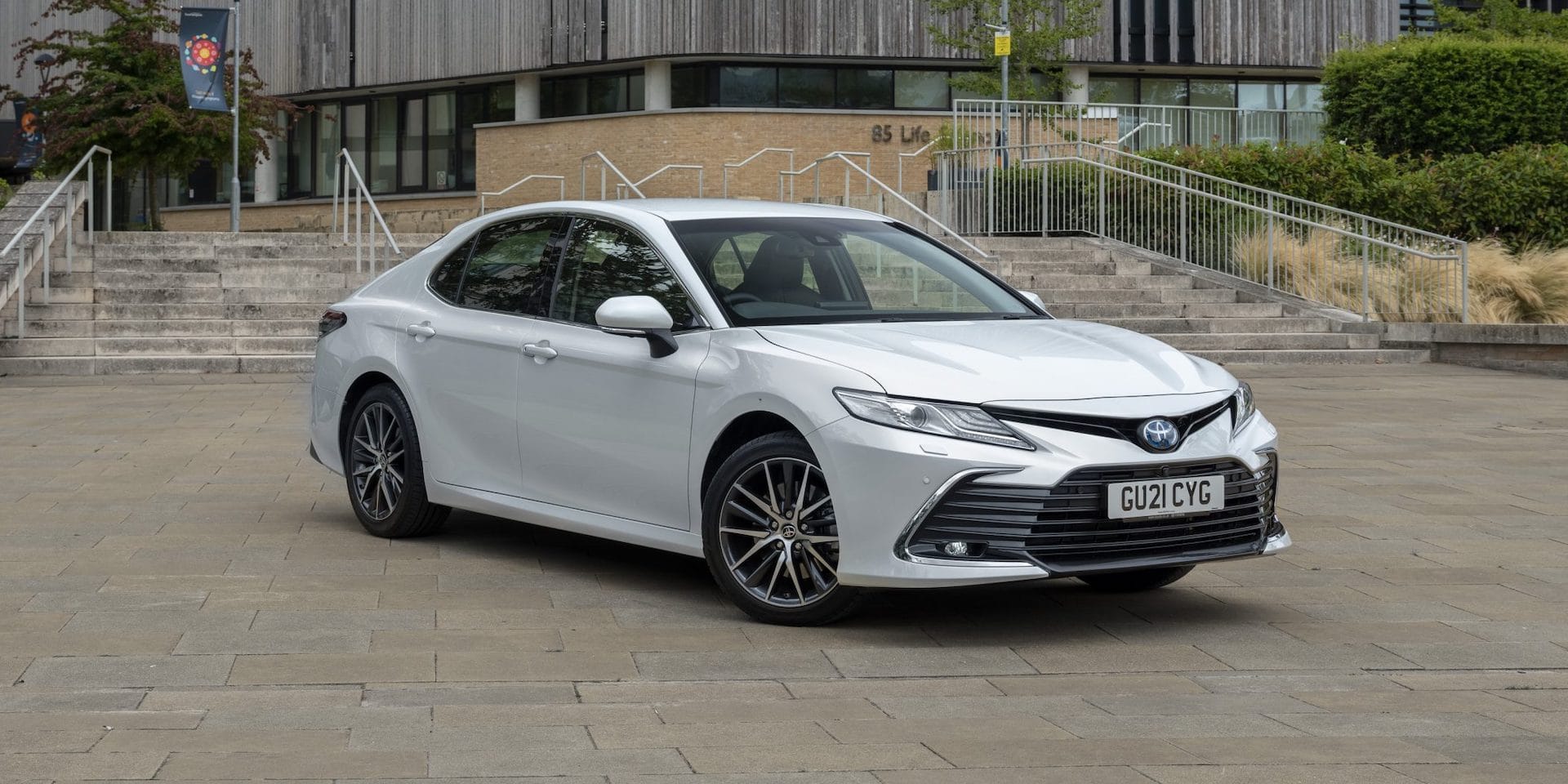
1. Toyota Camry
The Toyota Camry is frequently praised for its longevity, and one of the most unsung heroes behind that reputation is its air conditioning system. From as early as the late 1990s to the latest models, Camrys have demonstrated HVAC performance that stands the test of time.
Many owners report that their vehicles continue to pump cold air effectively even after a decade of ownership. Unlike some manufacturers that prioritize flashy features over core dependability, Toyota builds its HVAC systems with a philosophy of redundancy, durability, and efficiency.
Even in extremely hot climates like Arizona or Nevada, the Camry’s AC maintains cabin comfort without showing signs of compressor fatigue or refrigerant loss.
One key factor in the Camry’s HVAC reliability is its component quality. Toyota equips its vehicles with well-designed Denso compressors, an OEM brand known for long service life and thermal resistance. These compressors rarely fail unless they’re damaged in a crash or by extreme contamination—both of which are rare for daily drivers.
The evaporator cores, expansion valves, and condensers are also crafted to withstand corrosion and pressure stress better than those in many competing brands. And since Toyota uses standard R134a or R1234yf refrigerants with properly calibrated systems, refrigerant leaks and pressure imbalances are far less common in Camrys than in American or European sedans in the same class.
Additionally, the Camry’s HVAC system is remarkably low-maintenance. Routine care such as changing the cabin air filter and ensuring the blower motor is free from debris is often enough to keep it running smoothly.
In contrast to many modern cars that rely heavily on electronic climate control modules with touch-sensitive interfaces, the Camry’s physical controls and analog sensor feedback loops reduce the number of possible failure points.
Even when models began transitioning to automatic climate control systems, Toyota maintained simplicity in its sensor layouts and wiring harnesses, ensuring that electrical gremlins rarely creep in.
Beyond engineering, the Camry’s massive global popularity ensures that parts are easy to find and mechanics are deeply familiar with its layout. This accessibility helps keep repair costs low when issues do arise, although they’re far less frequent than in many peers.
Even for high-mileage Camrys—say over 250,000 miles—the HVAC systems continue operating reliably, a testament to Toyota’s build quality and commitment to owner satisfaction. If you’re looking for a no-hassle, always-working AC system that doesn’t quit after five years, the Camry is one of the safest bets in automotive history.
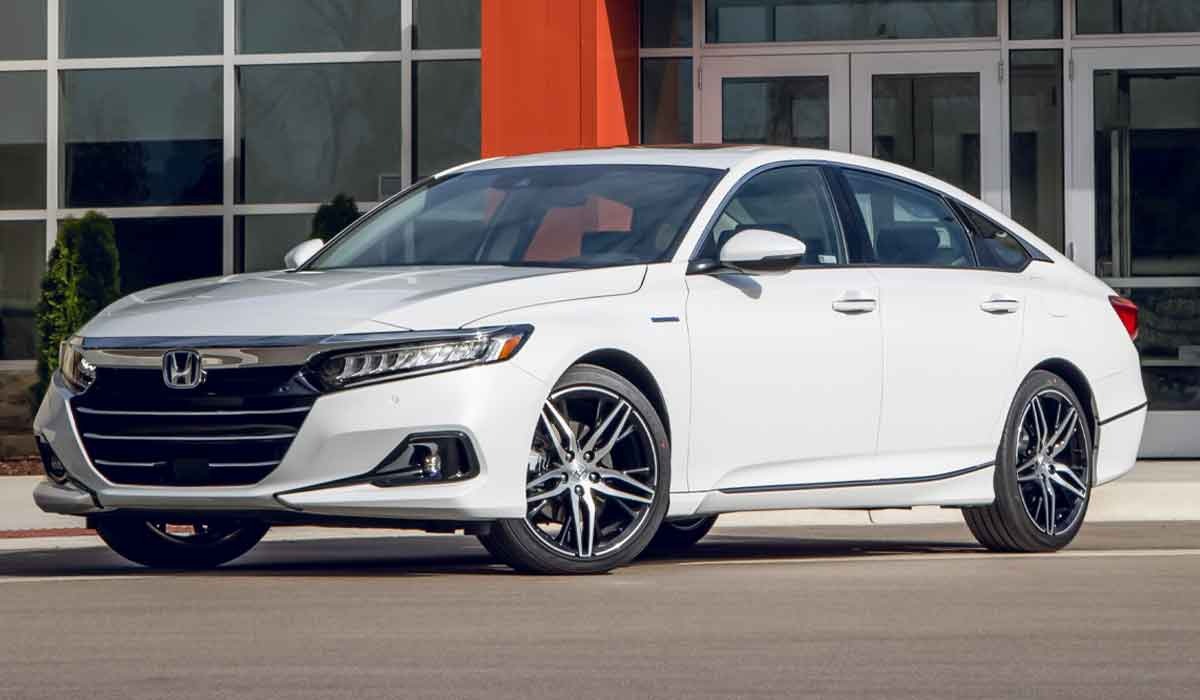
2. Honda Accord
The Honda Accord is often considered the Camry’s closest rival in the midsize sedan market, and for good reason. Like Toyota, Honda has developed a reputation for making extremely reliable cars that require minimal maintenance over their lifespans. What’s often overlooked, however, is how consistently reliable the Accord’s HVAC system has proven to be over the years.
From the seventh-generation Accord in the early 2000s all the way through to the current models, Honda’s HVAC architecture has been both smartly engineered and extremely consistent. For drivers living in climates with dramatic seasonal shifts, this consistency is a blessing.
The Accord’s compressors—often supplied by Sanden or Denso—are engineered to provide long service life with little degradation in performance. These units are carefully calibrated for the engine’s output, ensuring the AC load doesn’t overstrain the motor while also delivering cold air almost immediately.
In many cases, owners only realize how good the Accord’s system is when they compare it to other vehicles with sluggish HVAC responses or frequent refrigerant loss.
Unlike more exotic European cars or domestically produced models with spotty HVAC performance, Accords maintain interior comfort steadily without drama. They’re also less likely to suffer from internal contamination—a common cause of compressor failure—thanks to well-designed refrigerant routing and durable O-ring seals.
Honda also deserves credit for the Accord’s climate control interface. Even in higher trims with dual-zone automatic climate control, the software logic avoids overcomplicating things. Sensors are reliable and easy to replace, and the system rarely suffers from the kind of inconsistent airflow or miscommunication between zones that plague more “tech-forward” cars.
Honda maintains a firm balance between modern convenience and mechanical dependability, so even the electronic actuators in the vent system rarely fail unless grossly neglected. When problems do arise, the fix is usually straightforward. Parts availability is excellent, and HVAC components are positioned in a way that makes repairs relatively easy for experienced technicians.
There’s also an enormous base of Accord owners and independent garages familiar with the system, making diagnostics quick and inexpensive. In terms of lifetime HVAC performance, the Accord more than holds its own—delivering not just a comfortable ride, but a climate system you’ll likely never have to worry about, even after 15 years of use.
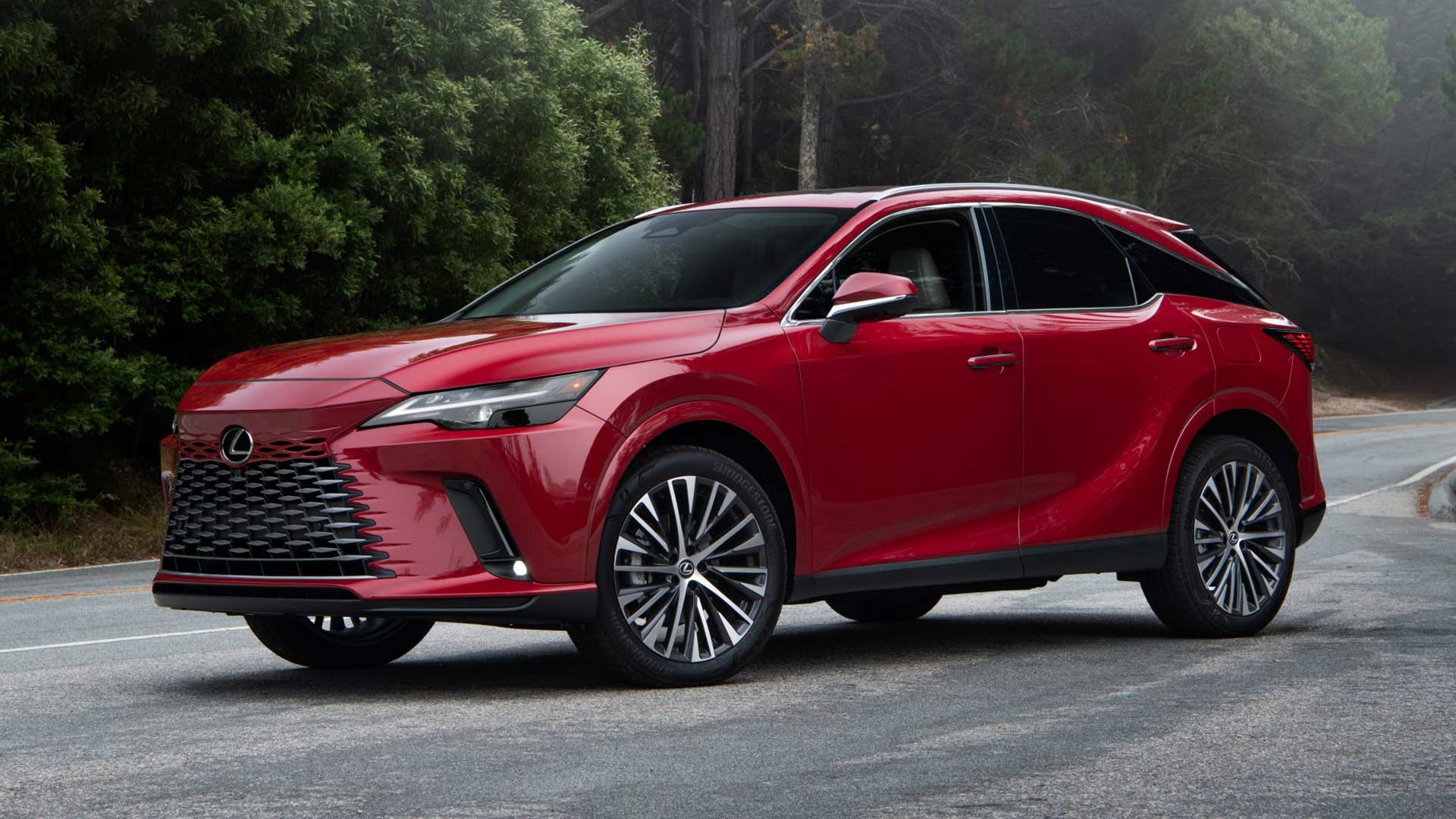
3. Lexus RX
As Toyota’s luxury arm, Lexus adds another layer of refinement to the reliability formula, and nowhere is this more evident than in the Lexus RX lineup. The RX—especially from the RX 300 all the way to the current RX 500h—offers a class-leading HVAC experience that marries comfort with extraordinary longevity.
While luxury brands like BMW or Audi often suffer from over-complexity that leads to HVAC issues, Lexus does the opposite: it builds its systems to be over-engineered in a good way. That means top-shelf components, redundancy in sensors and actuators, and a level of thermal insulation that makes the system work less hard to achieve optimal cabin temperature.
Lexus doesn’t just use premium materials for aesthetics—it extends to the HVAC system as well. High-grade compressor units, multi-layer evaporators, and well-sealed ducts ensure that the RX delivers both precise temperature control and long-term dependability.
The use of advanced climate control features such as multi-zone systems and air filtration doesn’t come at the cost of reliability either, which is a major differentiator from competitors.
These enhancements are integrated in such a way that they don’t overstress the system, and Lexus service intervals are engineered to keep the components clean and well-lubricated for years, even decades.
What sets the RX apart is its consistency across model years. Many luxury brands go through growing pains when introducing new technology, but Lexus systems tend to “just work” straight out of the gate.
Whether it’s the air quality sensor, automatic defrost, or rear-seat temperature balancing, the system behaves predictably and without any of the gremlins that plague other luxury HVAC configurations. This makes the RX not only luxurious to ride in, but also incredibly confidence-inspiring for long-term ownership.
Lastly, Lexus service networks are equipped to maintain the vehicle’s HVAC system without breaking the bank. Though some may assume that servicing a luxury car is inherently expensive, the RX bucks this trend thanks to shared components with Toyota models and long-lasting OEM parts.
It’s not uncommon to hear from RX owners who are still using their original compressor at 200,000 miles or more. For those who want luxury without sacrificing durability, the Lexus RX is a rare gem—and its AC system is one of the many things that just keeps going and going.
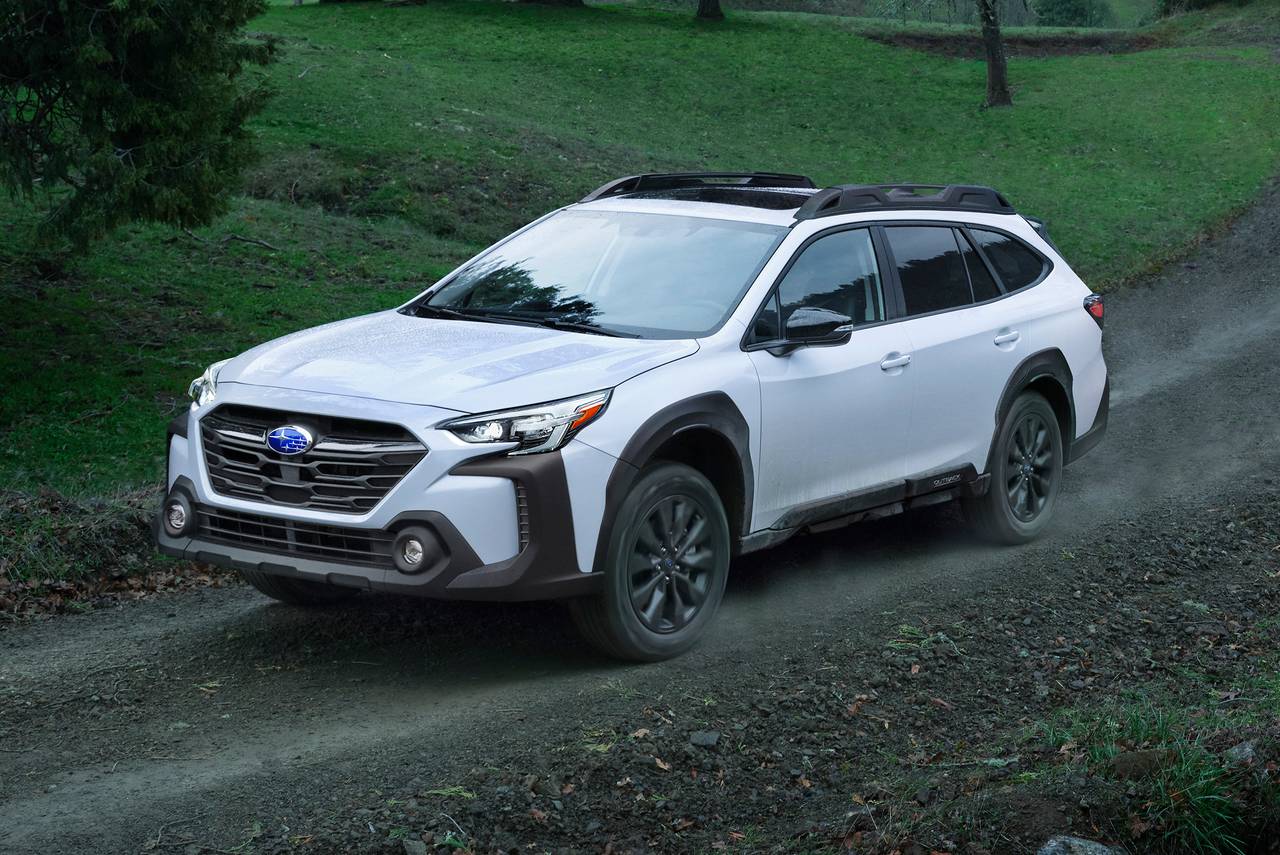
4. Subaru Outback
Subaru vehicles have carved out a niche for themselves as rugged, practical, and especially suited for colder climates—but their HVAC systems also excel when it comes to long-term durability. The Outback in particular has become a favorite among those who want an all-weather vehicle that just works, year after year.
Subaru has consistently prioritized simplicity and durability in its mechanical systems, and the Outback’s HVAC unit is no exception. It’s been designed to function reliably in both snowy mountain towns and sun-baked cities, and it rarely lets owners down in either scenario.
The Outback’s HVAC system uses time-tested components, including heavy-duty compressors and sealed refrigerant lines, which are built to withstand extreme thermal cycling. Subaru also takes into account the needs of its adventurous customer base—off-roaders, campers, and snow-country commuters—and includes features like rapid defrost, powerful cabin heaters, and AC systems that don’t lose efficiency over time.
While not as luxurious or tech-heavy as some competitors, this minimalist approach results in fewer system failures and greater peace of mind. There’s a practical elegance to Subaru’s HVAC design—it does everything you need and almost nothing you don’t, which makes it inherently more reliable.
One of the often-cited benefits of the Outback is how easily it can be maintained. The blower motors, cabin filters, and even some refrigerant components are fairly accessible to DIY mechanics.
For more complex issues, independent Subaru specialists are widespread and knowledgeable about the platform, so even when things go wrong, they don’t stay broken for long. The cost of parts is reasonable, and replacements—when necessary—are often plug-and-play, reducing downtime and labor costs significantly.
Another testament to the Outback’s HVAC longevity is its popularity in older vehicle communities. Many Outbacks from the mid-2000s are still running on their original AC systems, with minimal recharging or component swaps.
Owners frequently cite the system’s consistency and effectiveness across multiple climates, and it’s rare to hear complaints of failures in the compressor, condenser, or control module. In the often-overlooked category of HVAC reliability, the Subaru Outback performs like a champion, staying strong even when the odometer climbs well past six figures.
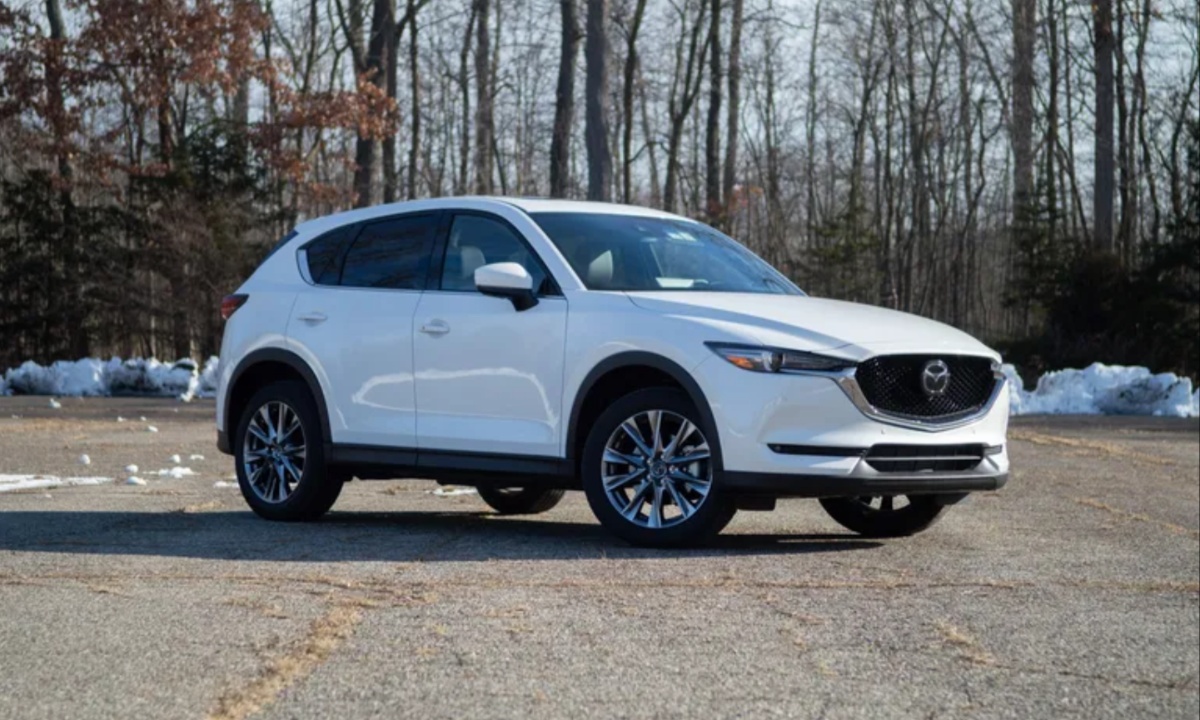
5. Mazda CX-5
Mazda has long flown under the radar when it comes to automotive reliability, but in recent years—especially with the rise of the CX-5—it has become increasingly recognized for building vehicles that combine driving enjoyment with solid mechanical dependability.
The CX-5’s HVAC system reflects this philosophy, offering both quiet efficiency and long-term stability. In fact, the CX-5 punches above its weight in the HVAC category, providing better-than-expected longevity for a compact SUV, with few reports of early compressor failure or refrigerant loss even past 100,000 miles.
Mazda’s approach to HVAC systems mirrors its overall engineering: keep it lean, logical, and user-focused. The CX-5 doesn’t overcomplicate its climate system with too many fragile electronics or niche features. Instead, it provides steady airflow, quick cabin cooling, and consistent heating, all delivered through durable mechanical parts and thoughtful software.
The use of tried-and-true suppliers for HVAC components also reduces variability, ensuring that each unit off the production line meets consistent quality standards. Even as the CX-5 has evolved in recent generations to include dual-zone climate control and auto defogging, it hasn’t lost its core strength in reliability.
Another plus is Mazda’s increasing focus on user feedback. The company has adjusted HVAC tuning and part design based on long-term ownership data, meaning issues that plagued earlier Mazda models—such as blower noise or AC delay—have been systematically addressed.
The result is an SUV that feels responsive in any weather and continues performing year after year without hiccups. HVAC systems in the CX-5 are also designed with cabin ergonomics in mind, so airflow is distributed effectively, and filters are easily replaceable, making regular maintenance much less of a chore.
For budget-conscious drivers who still want long-lasting performance from their vehicle’s core systems, the CX-5 stands out. It may not have the luxury badge or the flashy interface of some rivals, but it has something far more valuable in the long term: an HVAC system that quietly gets the job done, year in and year out, with minimal complaints and even fewer repair bills. It’s the kind of reliability that wins over skeptical buyers and keeps them coming back to Mazda.
5 Cars With Constant HVAC Repairs
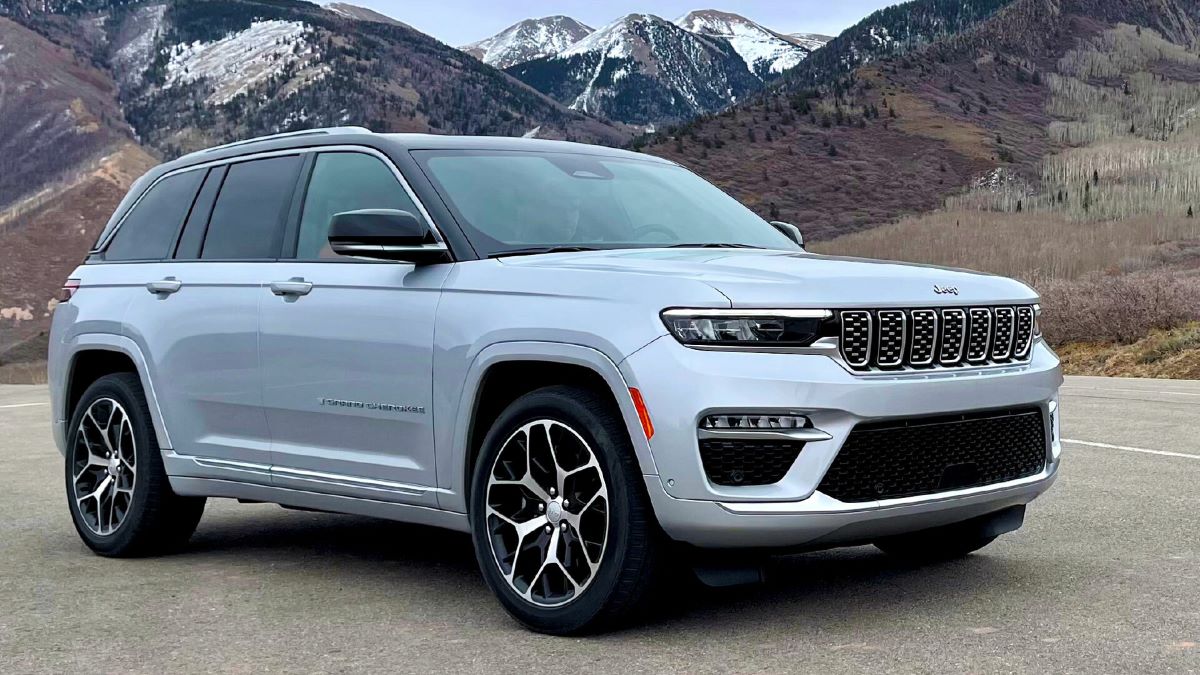
1. Jeep Grand Cherokee
The Jeep Grand Cherokee is a popular midsize SUV known for its rugged styling and off-road capabilities, but unfortunately, it also has a long-standing reputation for unreliable HVAC systems.
Particularly in models manufactured between 2011 and 2020, owners frequently report issues ranging from non-functional blower motors to complete failure of the blend door actuators, which control airflow between hot and cold settings.
These problems don’t just affect comfort—they often require removal of the dashboard to access key components, making repairs time-consuming and costly. For many owners, what starts as a weak airflow issue quickly spirals into a multi-thousand-dollar HVAC overhaul.
A major issue in these models is the failure of the blend and mode doors, which are made from flimsy plastic that tends to crack or warp over time. Once these doors break, the system may become stuck in either the cold or hot position, or worse, alternate between the two unpredictably.
Since accessing these parts typically requires complete dash disassembly, many Grand Cherokee owners are forced to either live with limited climate control or face extensive labor costs. The blend door issue has become so widespread that aftermarket repair kits and forums exist solely to address it, though even those solutions are often temporary.
Electrical issues also plague the Grand Cherokee’s HVAC system. Faulty climate control modules, shorted wiring, and erratic sensor behavior are frequent complaints among owners. Some report that the AC inexplicably cuts out during highway driving or that the heater runs at full blast with no way to shut it off.
These erratic behaviors are sometimes linked to Jeep’s CAN bus system, where a single electronic fault can trigger a cascade of malfunctions across unrelated systems. The complexity of the electronics, combined with poor component quality, makes the system a constant source of frustration, especially for drivers who expect premium performance from a higher-priced SUV.
In colder climates, the Grand Cherokee also struggles to deliver consistent heating, with multiple owners noting that the defroster vents either stop working entirely or blow cold air even when the engine is warm. These issues not only affect comfort but also safety, especially when visibility is compromised due to foggy windshields.
While the vehicle may look like it’s ready to conquer the wilderness, the HVAC system often can’t handle a harsh winter or a hot summer. As such, the Grand Cherokee, despite its impressive drivetrain options, lands firmly on the list of vehicles most prone to HVAC headaches.
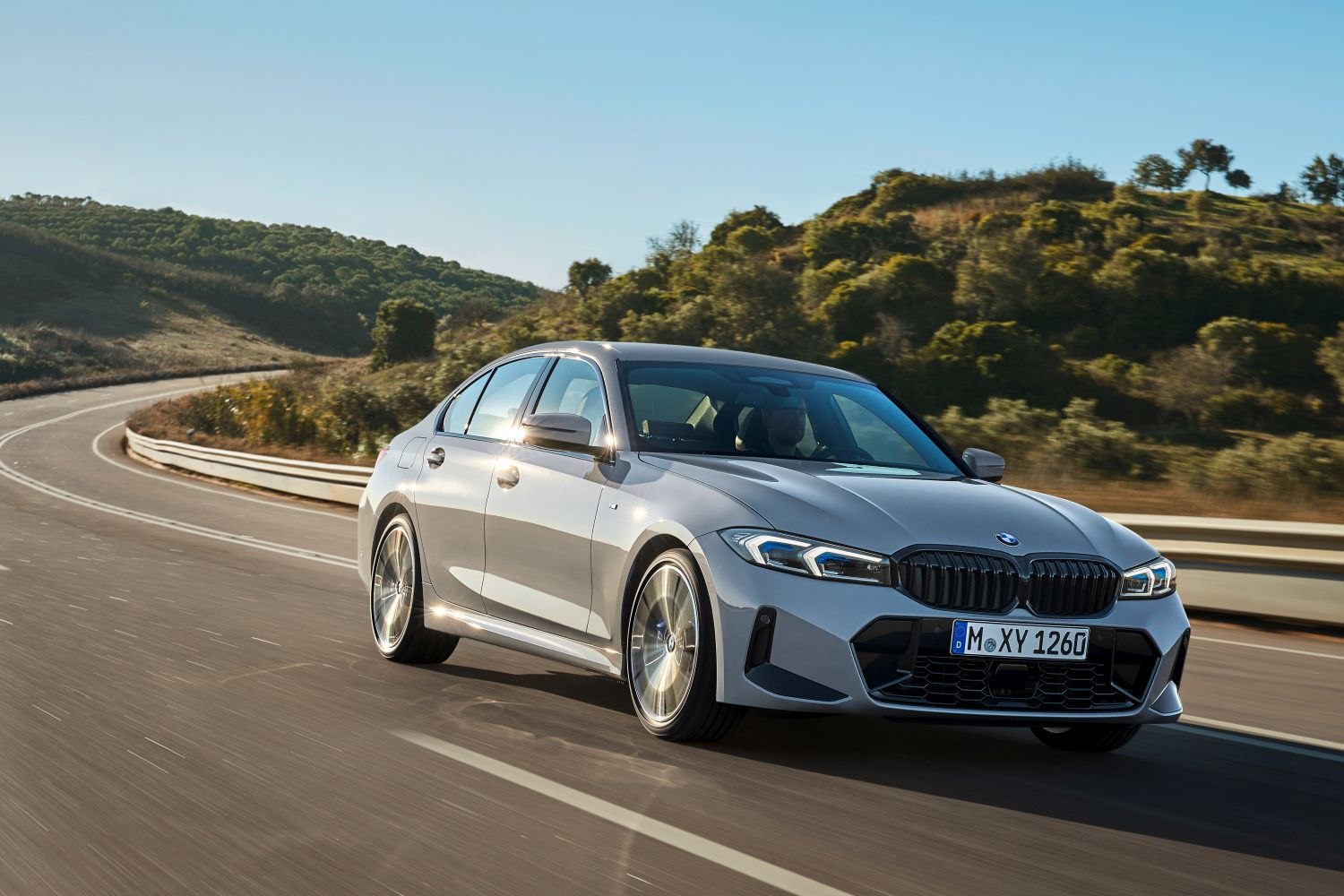
2. BMW 3 Series
BMW is often associated with performance, luxury, and cutting-edge technology, but when it comes to HVAC reliability, the 3 Series has proven to be a persistent problem child. Many models from the E90 (2006–2011) through the F30 (2012–2019) generations have had repeated and well-documented issues with their climate systems.
From failing compressors to intermittent fan control, the BMW 3 Series seems unable to provide consistent heating and cooling performance past 70,000 miles without a growing list of problems. And because BMW parts and labor come at a premium, even minor issues with the HVAC system can quickly balloon into thousand-dollar repair bills.
One of the most common HVAC failures in the 3 Series involves the final stage resistor—also known as the blower motor resistor or “hedgehog.” This component controls the fan speed and is notorious for failing suddenly, leaving drivers with no airflow at all.
Worse yet, the part is tucked behind the dashboard in a difficult-to-reach area, meaning what should be a simple fix turns into a labor-intensive procedure. Replacements are also hit-or-miss, with many aftermarket parts failing just a year or two after installation. It’s an infuriatingly common issue that has persisted through multiple 3 Series generations.
BMW’s approach to climate control has also been overly complex in recent years. The dual-zone and tri-zone systems are controlled by a network of sensors and actuators that are susceptible to failure, especially in areas with fluctuating temperatures or high humidity.
Owners report inconsistent cabin temperatures, unresponsive buttons, or systems that cycle erratically between heating and cooling modes.
These issues are often tied to software faults in the iDrive system or require reprogramming of the climate control module, adding another layer of frustration. In older models, cracked evaporators and refrigerant leaks are common, further reducing the long-term value of owning one.
Furthermore, BMW’s service model doesn’t help the situation. Because of proprietary diagnostics and encrypted control modules, independent mechanics often struggle to properly fix HVAC issues without dealership-grade tools. That means even simple repairs can require a trip to the dealer, where hourly labor rates soar.
As the vehicle ages and warranty coverage lapses, these costs fall squarely on the owner, leading to tough decisions between comfort and affordability. While the 3 Series may deliver exhilarating driving dynamics, its HVAC system is one of the least reliable among luxury sedans and a constant pain point for long-term owners.
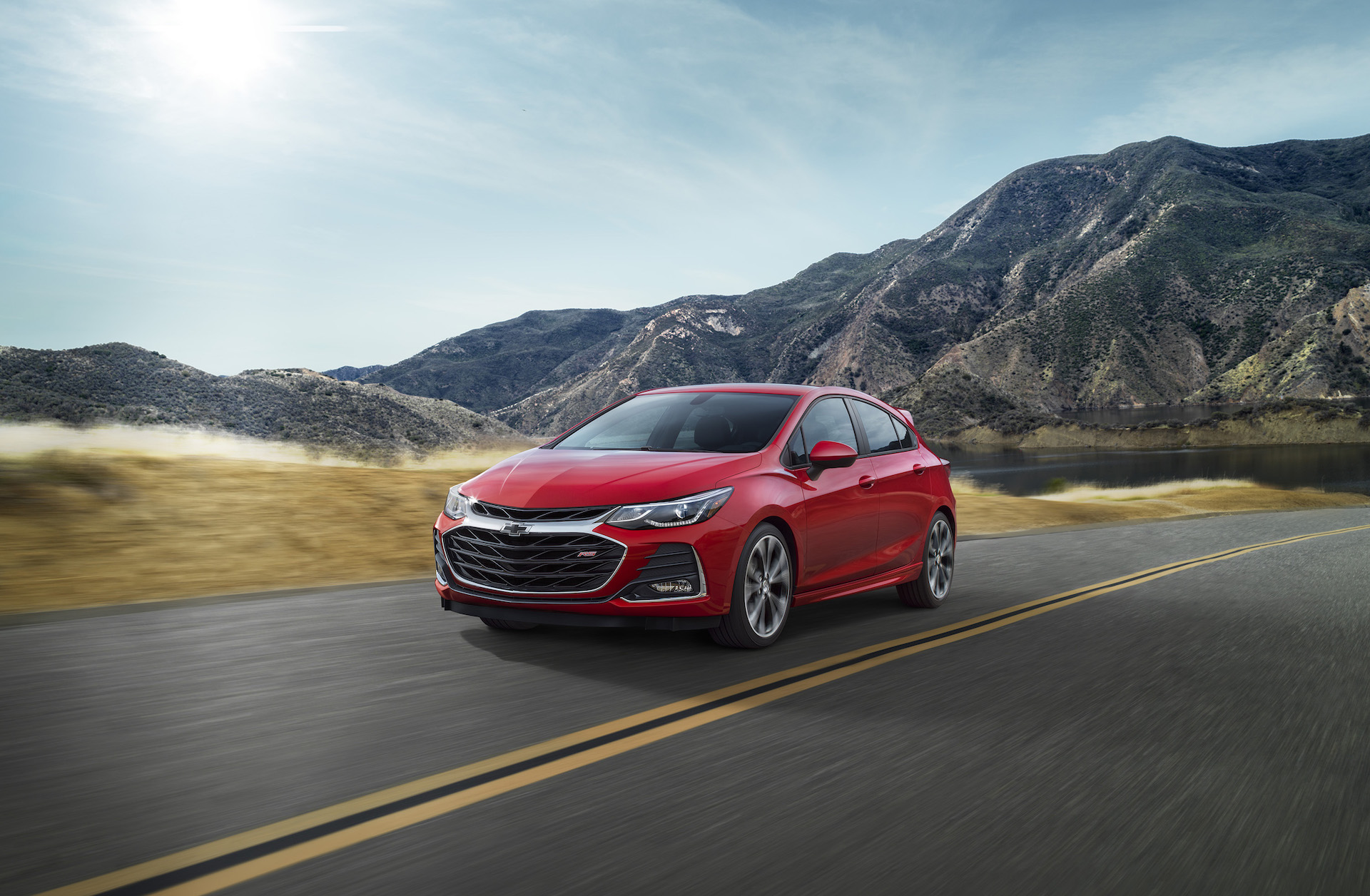
3. Chevrolet Cruze
The Chevrolet Cruze was marketed as a practical, fuel-efficient compact car for the budget-conscious buyer, but it unfortunately falls short in several areas—including HVAC system reliability. Owners across multiple model years, especially from 2011 to 2016, frequently report issues with weak airflow, intermittent cooling, and persistent heater core failures.
Many of these problems are tied to design flaws in the HVAC system itself, which seems to be particularly sensitive to coolant contamination, low refrigerant levels, and internal corrosion. For a car that was supposed to offer low-cost ownership, the Cruze’s climate system becomes an unexpected source of recurring repairs and high frustration.
A primary culprit is the heater core, which is prone to clogging due to the infamous “Dex-Cool” coolant used in GM vehicles during those years. Over time, this coolant forms sludge or sediment that can block the narrow passages within the heater core, effectively rendering the cabin heat useless.
Flushing the system rarely solves the problem completely, and full heater core replacement requires removing large portions of the dashboard—a labor-intensive and expensive fix for a relatively inexpensive vehicle. Many owners simply live without heat, an unacceptable compromise for drivers in colder climates.
The air conditioning side isn’t much better. Compressors in the Cruze are known to fail prematurely, sometimes as early as 60,000 miles. These units tend to seize or leak refrigerant without warning, leading to a complete system shutdown.
Worse still, several Cruze models suffer from poorly designed condenser lines that crack under normal driving conditions, releasing refrigerant and rendering the AC useless until a full system recharge and component replacement is performed. These issues are compounded by sensors and control modules that fail unpredictably, making even diagnostics a challenge.
Electronics in the Cruze’s climate control unit are also problematic. Users often report that the temperature knobs and blower settings stop responding, even when the system is otherwise functional. These malfunctions often point to faulty resistors or failing interfaces, but repairs aren’t always straightforward due to GM’s integrated dashboard design.
Ultimately, while the Cruze may have been a smart buy on paper, its long-term ownership costs can spiral if HVAC repairs become frequent. Between poor heater performance, fragile AC components, and frustratingly finicky electronics, the Cruze has earned its place among vehicles with some of the most unreliable HVAC systems in its class.
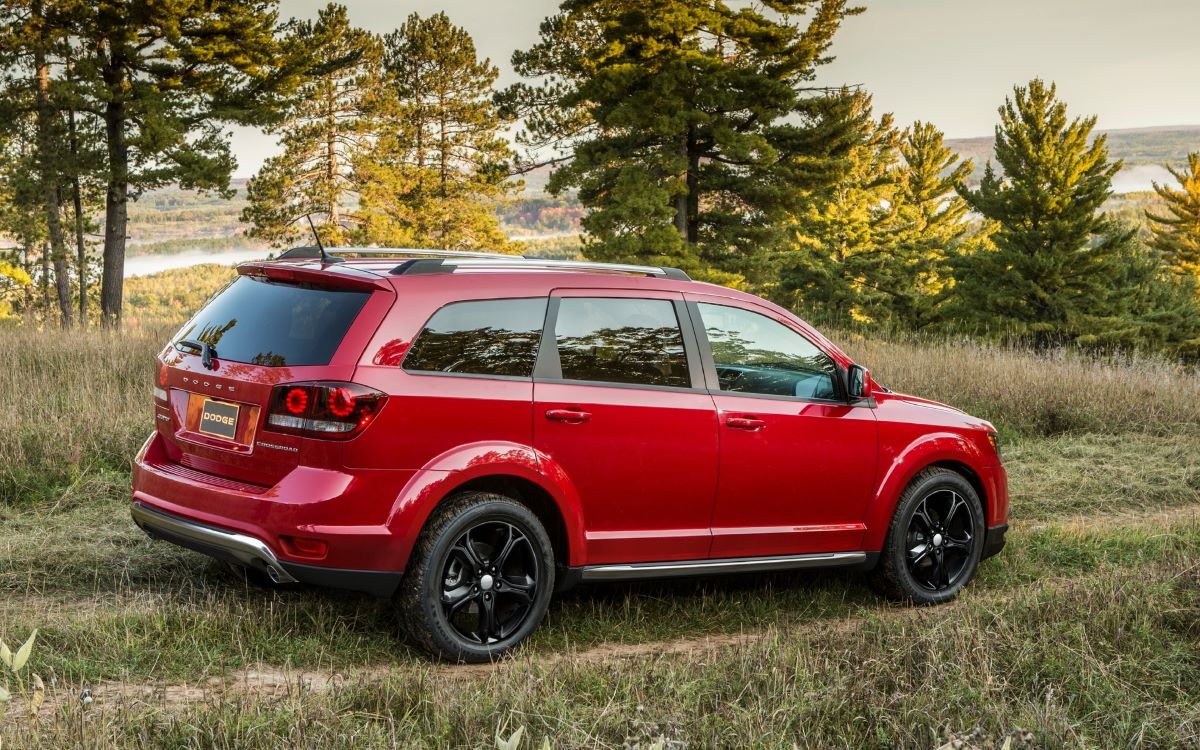
4. Dodge Journey
The Dodge Journey has never quite lived up to the expectations of a family-friendly crossover, and one of its most persistent letdowns lies in its climate control system. Despite its generous interior space and three-row seating, the HVAC system in the Journey often struggles to deliver even heating and cooling throughout the cabin.
Rear passengers are frequently left too hot or too cold due to poorly routed ducts and underpowered fans. But the bigger problem is the tendency for major system failures in Journeys made between 2009 and 2018. These vehicles suffer from failing actuators, blend door malfunctions, and evaporator leaks—often within just a few years of ownership.
A notorious issue among Journey owners is the incessant clicking noise caused by failed blend door actuators. These actuators—small motors responsible for opening and closing airflow doors—break far more often than they should. They’re made from low-grade plastic gears that strip easily, and once broken, they create an irritating ticking sound that can only be resolved by replacing the entire actuator.
This wouldn’t be so bad if not for the fact that several of these actuators are buried deep in the dashboard, requiring extensive disassembly for access. Some owners report hearing multiple actuators fail within a single year, turning the cabin into a noisy, uncomfortable environment.
Another recurring problem in the Journey’s HVAC system is refrigerant leaks from the evaporator core or AC lines. These leaks aren’t always immediately noticeable, which leads to gradual cooling loss over weeks or months.
Once diagnosed, the cost of replacement is high due to the labor involved—again, the dashboard must be partially removed, and replacement parts often don’t come with long warranties. The rear HVAC unit, meant to provide additional comfort to passengers, is also notorious for poor airflow, noisy operation, or total failure of the auxiliary fan.
As if mechanical problems weren’t enough, the climate control module in the Journey is also prone to glitching. Some drivers report that the system switches from hot to cold on its own, refuses to respond to manual inputs, or completely loses power. These issues are often traced back to faulty software or loose wiring connections—both of which are difficult to diagnose without a scan tool.
For families relying on the Journey for daily commutes or road trips, these HVAC failures are not only inconvenient but potentially dangerous. Poor visibility due to non-functioning defrosters or overheating in the rear seats make the Journey a frustrating ownership experience for many.
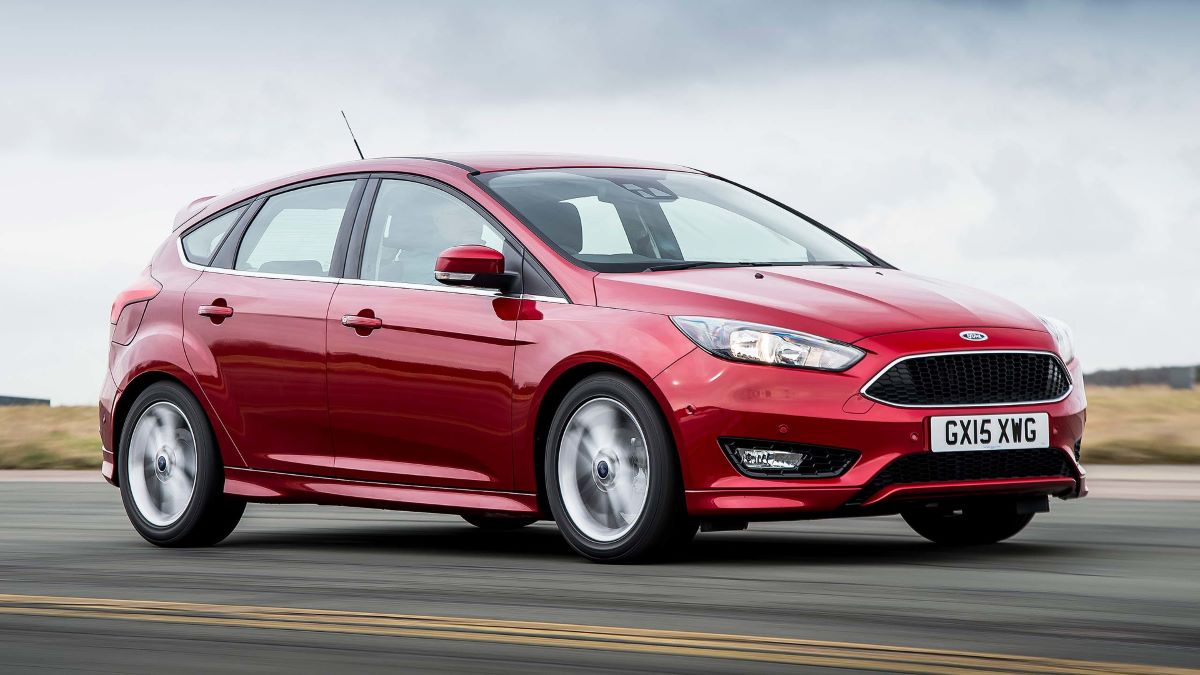
5. Ford Focus
The Ford Focus, especially in the 2012–2018 model years, is well known for mechanical and electrical issues, and the HVAC system is no exception. What’s frustrating is that the Focus’s climate problems tend to sneak up on owners, often starting with mild airflow inconsistencies that evolve into full-scale system failures.
Owners have reported everything from heater cores that clog and fail to AC compressors that seize, to entire control panels that stop working altogether. Combined with Ford’s problematic electrical systems and interior design limitations, these HVAC flaws make the Focus a poor long-term choice in the reliability department.
One recurring issue involves the dual-climate control actuator and blend door, which are critical in directing airflow to the proper vents at the desired temperature. Unfortunately, these parts are known to stick or break prematurely, causing the car to blow hot air when you want cold, or vice versa.
In some cases, the system becomes stuck in defrost mode, making it nearly impossible to cool the cabin on hot days. Fixing the blend door often requires hours of labor, and many mechanics report that even after replacement, new actuators tend to fail within a few years.
Another major problem lies in the heater core, which often becomes clogged due to sediment buildup or design flaws in the cooling system. This results in a complete loss of heat, even when the engine is properly warmed up. Replacing the heater core is a labor-intensive job that can cost more than what the vehicle is worth if it’s already aging.
The AC system fares no better, with owners reporting frequent compressor failures, refrigerant leaks, and weak cooling performance in warm weather. The condenser and expansion valve are also known weak points, making the entire system feel fragile and unreliable.
To make matters worse, the Focus suffers from HVAC control panel failures. These aren’t just cosmetic or interface problems—whole panels can lose power, rendering the fan, temperature, and defrost functions inoperable. These failures are often tied to electrical issues in the car’s broader body control module, meaning that HVAC fixes often involve chasing down unrelated gremlins in the car’s software or fuse panel.
Ultimately, while the Focus may have been marketed as an affordable compact car, its long-term reliability—especially in climate control—is poor enough to turn many owners away from the brand entirely.
Also Read: 5 Cars That Don’t Need Repairs and 5 That Live at the Mechanic
The reliability of a vehicle’s HVAC system is often an unsung hero of automotive design, quietly ensuring driver and passenger comfort under a vast range of conditions.
As this article has demonstrated, however, not all HVAC systems are created equal—some are engineered with meticulous attention to durability and simplicity, while others suffer from recurring failures that erode owner confidence and increase long-term maintenance costs.
Understanding this dichotomy is crucial for consumers, mechanics, and enthusiasts alike, especially as vehicles grow more complex with advanced electronic controls and environmental regulations demanding more sophisticated climate management.
Looking at the vehicles renowned for their robust, long-lasting HVAC systems, a clear pattern emerges. Models like the Toyota Camry, Honda Accord, Lexus RX, Subaru Outback, and Mazda CX-5 achieve their reputation not simply through chance but through deliberate design choices emphasizing reliability, part quality, and ease of maintenance.
These cars benefit from suppliers with proven track records, a conservative but effective approach to climate control technology, and global service networks that prioritize accessibility and owner satisfaction. They show that it is possible to integrate modern climate comfort features without compromising the longevity of the system.
Conversely, the vehicles infamous for constant HVAC repairs—including the Jeep Grand Cherokee, BMW 3 Series, Chevrolet Cruze, Dodge Journey, and Ford Focus—highlight the risks of overcomplicated designs, substandard components, and neglected software quality control.
Many of these vehicles suffer from recurring mechanical failures like blend door actuator breakage, compressor seizures, and heater core blockages, as well as electrical and sensor issues that complicate diagnostics and repairs.
These problems often stem from a combination of rushed development cycles, cost-cutting measures, and the increasing complexity of climate control electronics that manufacturers have not fully mastered.
For owners of vehicles with reliable HVAC systems, the benefits go beyond just comfort—they experience peace of mind, fewer unexpected expenses, and higher resale values.
For those stuck with chronic HVAC issues, the story is one of frustration, lost time, and often significant financial strain. The HVAC system, while sometimes overlooked in favor of more glamorous automotive features, is foundational to the overall ownership experience and safety.
From a broader perspective, this comparison underscores an important message for the automotive industry as a whole: innovation in comfort and technology must be balanced with durability and maintainability. As electric vehicles, autonomous driving, and connected car technologies advance, the complexity of vehicle systems will only increase.
Lessons learned from HVAC system successes and failures can inform better design practices across the board—emphasizing the value of robust hardware, intuitive user interfaces, and straightforward repairability.
For buyers, the takeaway is clear: during vehicle selection—whether new or used—pay close attention to the HVAC system. Test its full range of functions thoroughly, seek out owner reviews and reliability data, and factor in potential repair costs when making your decision.
Avoiding cars with known HVAC issues can save you significant headaches, while choosing those with proven durability enhances your overall driving satisfaction.
For current owners dealing with HVAC problems, understanding the common failure points can help in discussions with mechanics and when considering repair versus replacement options. Sometimes investing in preventative maintenance, such as timely refrigerant recharges, cabin filter replacements, and early actuator repairs, can extend the life of the system substantially.
Ultimately, a vehicle’s HVAC system is a silent workhorse that dramatically affects comfort, safety, and overall enjoyment on the road. By choosing cars with well-designed, reliable HVAC systems and staying vigilant about maintenance, drivers can ensure their vehicles provide pleasant environments regardless of the weather.
This article serves as a comprehensive guide, shining light on both the automotive HVAC heroes and the cautionary tales—helping you make informed decisions for a comfortable, worry-free driving experience for years to come.

